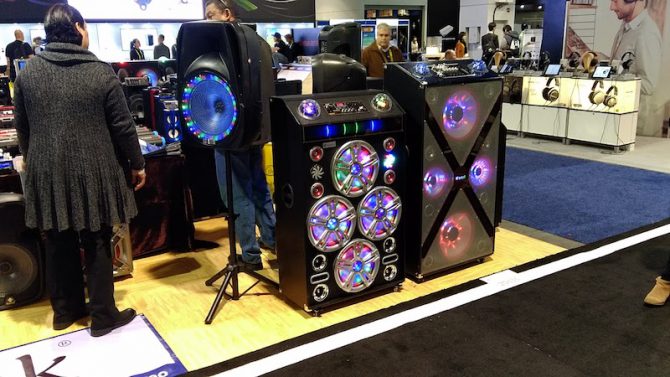A few weeks ago, UNITiD visited annual trade show CES in Las Vegas. After flying almost 5,300 miles, three of our tech savvy guys stayed in Nevada for four days to see, hear, and try out everything that was there.
Why we visited CES
CES is the place to be for all the latest technology. And we at UNITiD believe that all people should be able to use technology that makes life easier and more fun. However, new technology is often complex and hard to use for the average consumer. Great design can make a difference and that’s what we’re aiming for.
To be able to design well, we too need to be aware of the latest developments in technology. That’s why we decided to make the journey and take a deep dive into all the latest gadgets, innovations, and prototypes at the world’s largest tech trade show: CES in Las Vegas.
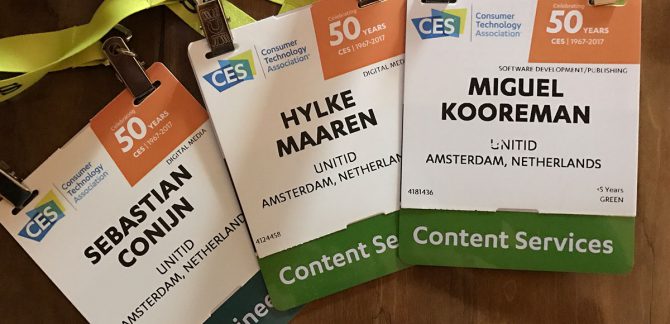
What we immediately noticed
CES was so big! The conference agenda as well as the trade show’s floor plan. Where to begin and what to visit? We decided to split the three of us up to try and see everything. We walked about 15 miles a day and tried to visit all the relevant and interesting stuff. From imposing big stands to small booths hidden in the back.
What we expected
We thought we would experience all the latest tech innovations. And partly, we did. At CES, we saw everything that’s out there in consumer electronics right now. Lots of screens and tv’s, drones in all sizes and shapes, but also headphones and led speakers.
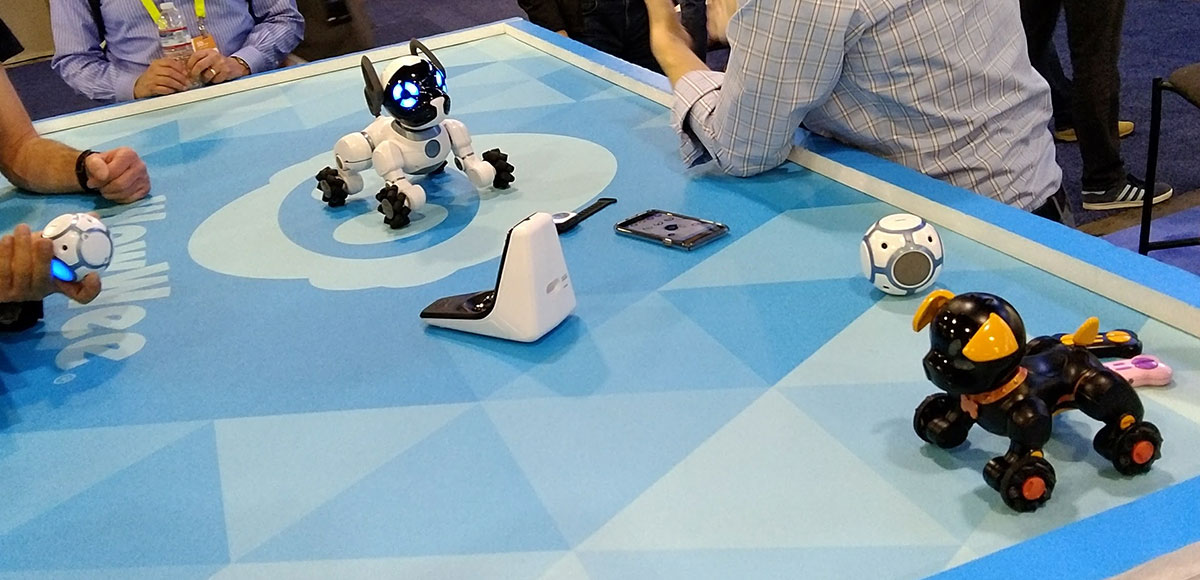
In domotics, many parties offer appliances that can be connected with IOT and are manageable through a personal assistant. The kitchen is also used to make everything smart, by connecting machines to the internet and an app. And there we also see the PA coming in: mainly Alexa, but every big brand is trying to offer a PA now. Even Samsung, who are trying to replace Googles PA. And while we’re talking artificial intelligence, we can’t ignore all the robotics we saw at CES. They’re not all as smart and of added value, but some of them look really nice.
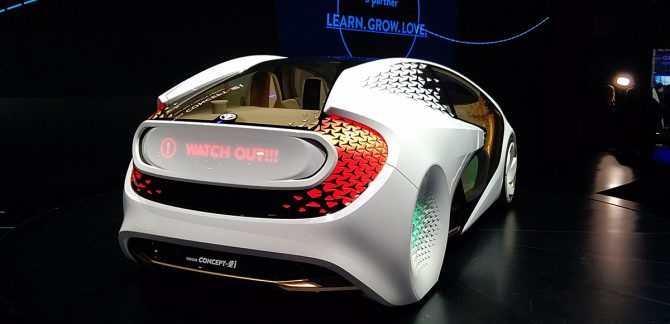
What we missed
We were hoping to see more looks into the future. The only place where that actually happened was with Toyotas self driving cars, that are considered an extension of your smart home (Hyundai and BMW). We noticed that with cars, it’s not about horse power anymore: it’s about processor power. Chipmakers like nVidia, Intel, and Qualcom are busy with car brands to improve their hardware performances.
What stood out
- Hover drone
- Hyundai smart car and home
- Mercedes drone bestelbus
- Not so smart kitchens
- Led speakers
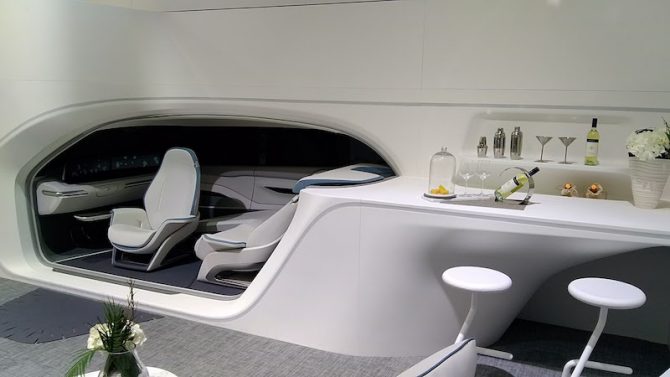
What we learned
Like we expected, much design and design thinking will be needed to make all these new things useable for the average consumer. It was also interesting to learn that many big brands are producing a more and more extending ecosystem of different machines. They want to connect these devices to the internet and use their own personal AI assistant as a guide. That’s clever thinking, because that way people will be held within one ecosystem. Most likely, the PA will not be able to work with third party products of competitors in the business.
Should UNITiD also have a stand at an annual trade show?
Yes, actually. But the message we’d be delivering would have to be very strong: that great design is needed to set one brand apart from another one. In the end, consumers will choose products or ecosystems that are relevant to them in the right context. They will choose the products that deliver an intuitive way of use and the best seamless experience. After all, there’s a lot to choose from.
Will we visit CES again?
Definitely. But making it an annual visit might lead to repetition, because sometimes, innovation takes time.








